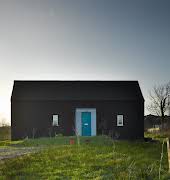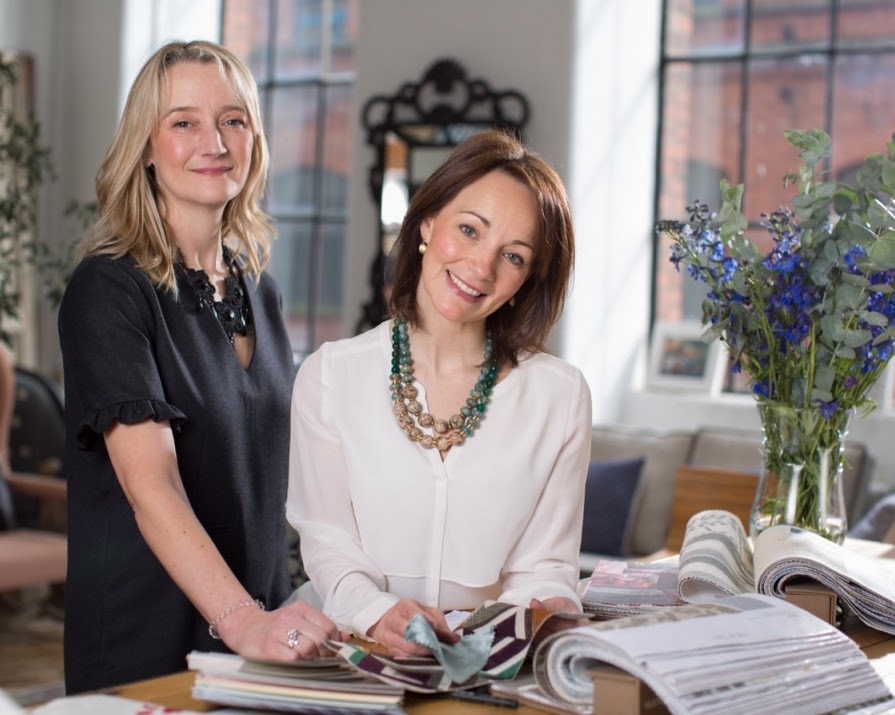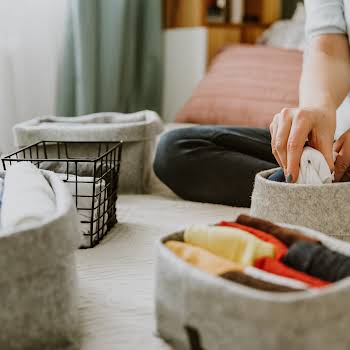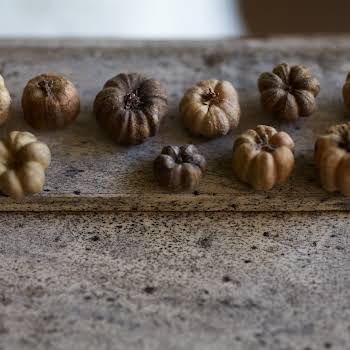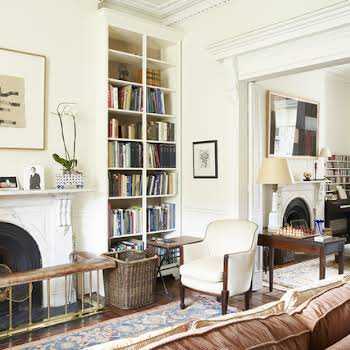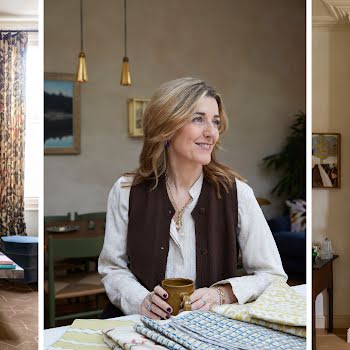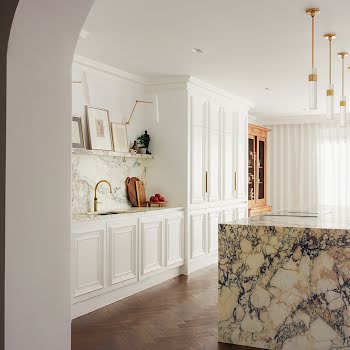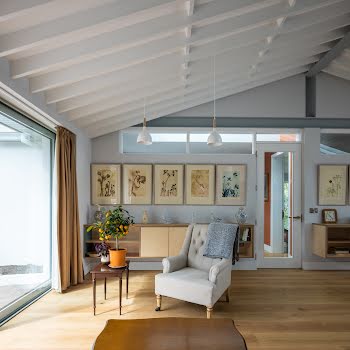
By IMAGE Interiors & Living
14th Oct 2020
14th Oct 2020
Child-friendly design needs to be practical as well as pretty, says Sara Thompson of Thompson Clarke Interiors, but you can still have lots of light-hearted fun.
If you have the space, a designated playroom, no matter how small, is the best way to contain your children’s toys and clutter. It gives them a room they can call their own and you can close the door at the end of the day to avoid endless tidying. Most of us live a bit further from this ideal than we might like, but whether you have the luxury of a whole room, or a small designated corner, the same advice applies: clever storage. When storage is well thought-through, it means that at the end of a messy day, everything can be fixed quickly.
When choosing storage, consider the ages of your children and their activities. Larger storage units for toys, instruments and sports equipment are essential, as these are the things that can really make a space look cluttered. Their own set of drawers in the kitchen can be a great idea for school stationery if homework is done at the kitchen table – save that eternal search for the sharpener.

The entrance area in any house often becomes a dumping ground for coats, dirty boots and outdoor gear. This is where more clever storage can make a world of difference. Hang hooks for coats to save space and keep them off the floor. For younger kids, keep hooks at reachable heights. Anthropologie and Rockett St George stock lots of cute versions with initials and animal heads. For shoe storage, Ikea has plenty of practical options or look on Etsy for more creative solutions.
When it comes to kitchen design, the same logic applies. Store kids beakers and plastic plates at a lower level, so they can access them easily, and keep breakables up high. If you’re installing a kitchen island, avoid sharp edges by rounding them off with a chamfered edge (a 90-degree corner with a flat front edge). When considering kitchen paint colours, just make sure you go for a washable paint. It’s a good idea to tuck kickboards under the units (rather than on the outside edge), so they won’t damage easily when your kitchen becomes a scooter race-track.
When creating a child’s bedroom, try to design for the future. Young children grow quickly and will tire of anything too babyish or fadish. Rather than painting rooms in pastel shades for example, keep wall colours neutral, then accessorise to add their favourite colour with cushions, lamp-shades or bean bags. You can also add fun with easy-to-remove wallpaper decals, which you can swap out and update at little expense further down the line.

Curtains are pricey, so you want to avoid replacing them. Opt for timeless stripes, vintage florals or a plain, soft, textured linen. Bunk beds are a brilliant investment. Versions with an extra roll-out bed or the option of a desk underneath are great for small spaces.
Lighting is important too. If you go for reading lamps by their bed, opt for LED bulbs so they don’t become too hot to touch. Also, if you’re redoing a bathroom, think about clever night-lights on the side of the loo. They switch on with movement sensors which, brilliantly, lead children to the loo in the middle of the night, saving you leaving a light on.
Overall, try not to be too precious about your interior when you have children in tow. You can’t have the whole place sealed in plastic, so instead think about heavy-based lamps that won’t easily be knocked over, sofas in darker linens or sturdy corduroy with removable covers, and rugs that have depth in colour and texture so they can handle spillages. Remember, child-friendly design doesn’t have to mean childish – choose grown-up, practical designs that you like and feel happy within your home.









